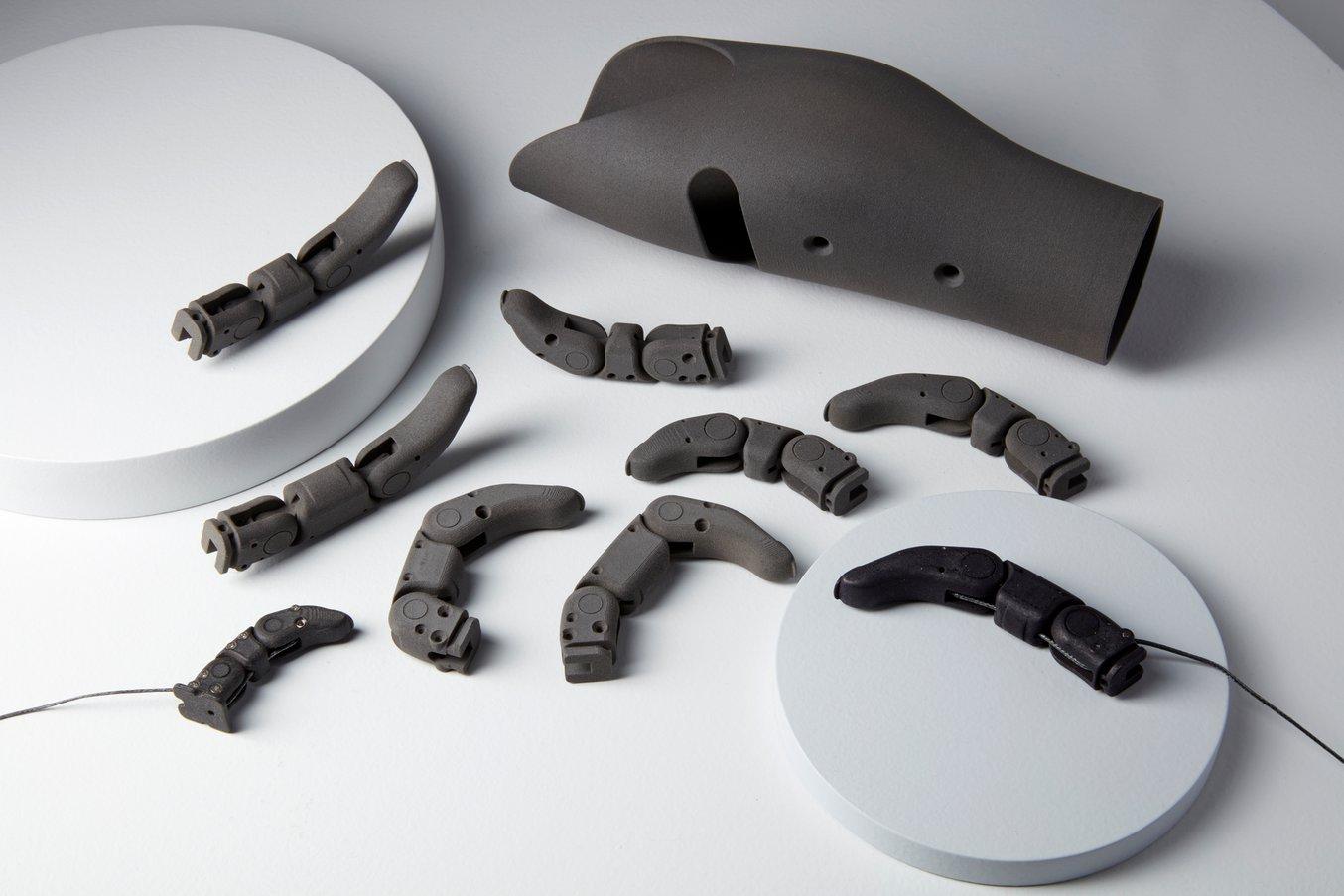Your Innovative Solutions Shouldn’t Have to Wait
Dynamically respond to changing demands by bringing digital fabrication in-house with Formlabs Medical. From R&D to production tooling, biocompatible end-use parts and more, leverage 3D printing to introduce cutting-edge patient-specific devices to market.


Turn Ideas Into High-Fidelity Prototypes
See Also

Veteran and Paramedic Develops 3D Printed Device that Prevents Collapsed Lung Complications

From Prototyping to Production: How In-House 3D Printing Enhances Medical Device Development
Reliable End-Use Parts & Patient Specific Devices

See Also

Precise, Durable, and Affordable Custom Orthotic Insoles With 3D Printing


Formlabs Medical: The Ultimate Guide to Dyeing, Painting, and Coloring SLA Parts
Affordable Batch Production With 3D Printed Rapid Tooling
See Also

Advanced Prosthetics Made Accessible: How PSYONIC Developed a Bionic Hand Using Additive Manufacturing

3D Printing The Next Generation Of Metabolic Analyzers
In-House Production of Manufacturing Aids

See Also


Additional Resources for Building the Future of Medical Devices

Guide to Quality Assurance and Regulatory Affairs in Medical 3D Printing

In-House 3D Printing For Next-Generation Oxygen Tracking

The Next Generation of 3D Printed Surgical Instruments

Innovative, Low-Cost Inhalers Enable Access for Millions: 3D Printing Powers Lean R&D for Medical Devices
A Full Suite of 3D Printing Solutions

Form 4B
Parts requiring biocompatibility and sterilization
Medical device prototypes, jigs, fixtures, molds, and end-use parts
Visual aids for diagnosis and education
Models for diagnostic use in FDA-cleared workflows

Form 3BL
Mid-size to large medical device prototypes
Molds and dies
Surgeon-specific or patient-specific objects
Full-size anatomical models for adult anatomy

Fuse 1+ 30W
Functional medical device prototypes
Complex medical parts printed without supports
End use parts: enclosures, connectors, manifolds, prosthetics, insoles
Long-lasting, durable jigs and fixtures
High-Performance 3D Printing Materials for Medical Device Production
Formlabs has an extensive library of proprietary 3D printing materials suitable for even the most demanding applications.

BioMed Resins (Clear, Durable, Flex 80A, Elastic 50A, White, Black, Amber)
Ideal for:

Tough and Durable Resins
Ideal for:

Nylon 12 Powder
Ideal for:

Rigid 10K Resin
Ideal for:

Ready to Bring New Medical Devices to Market?
Explore our market-leading 3D printer for medical applications, the Form 3B+, or contact a Formlabs Solution Specialist for a one-to-one consultation.
Disclaimer: Formlabs is an industry-leading provider of 3D printers and materials that are used by healthcare providers to support the practice of medicine. Please consider local regulations, material data sheets, PHI, and institutional requirements before 3D printing and/or using anatomical models.
